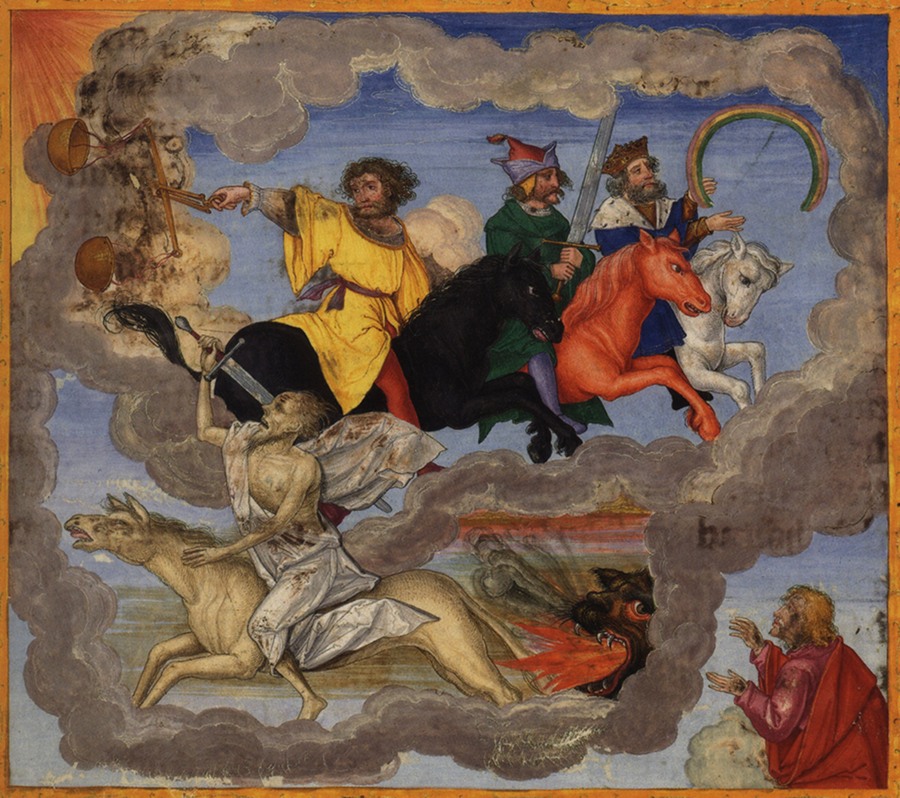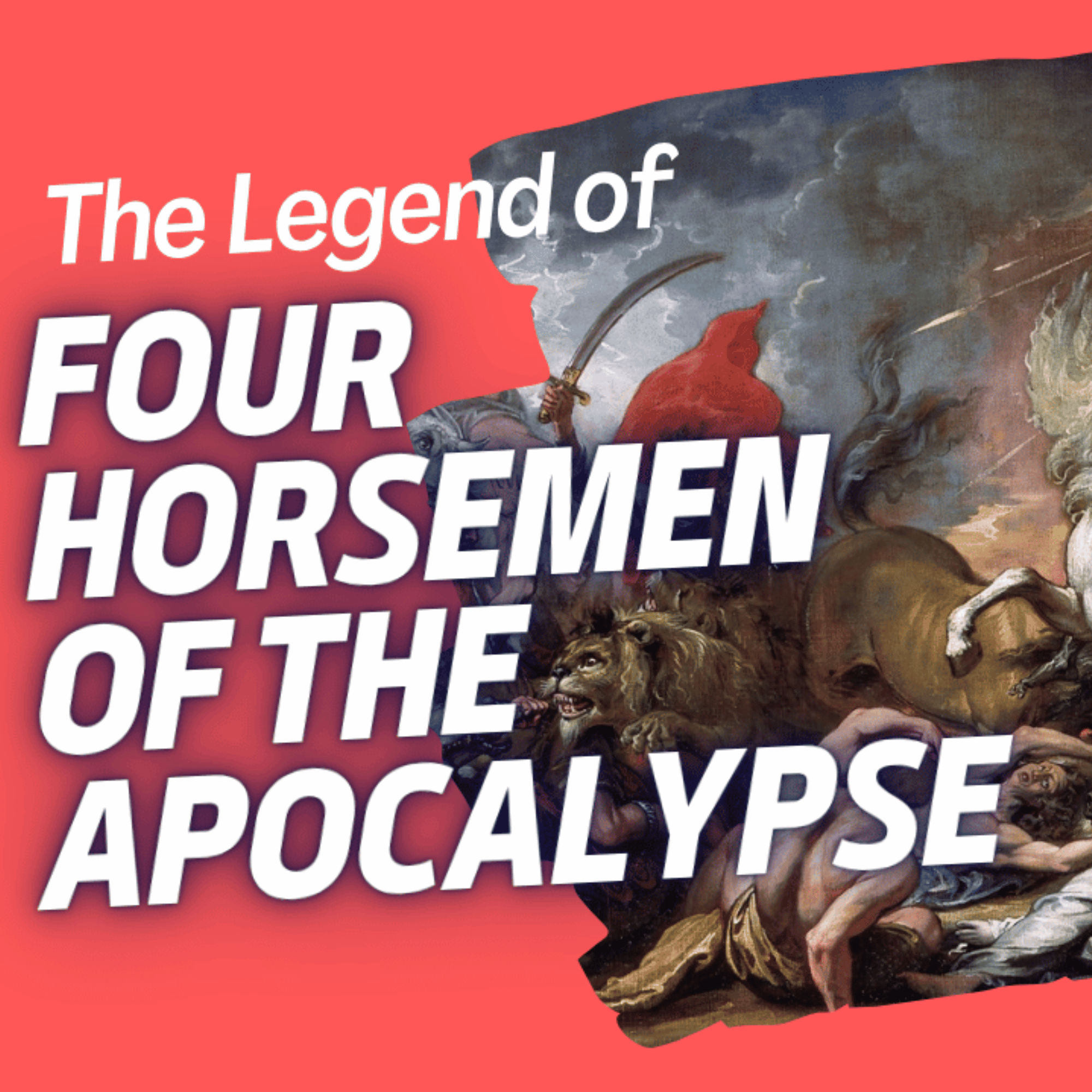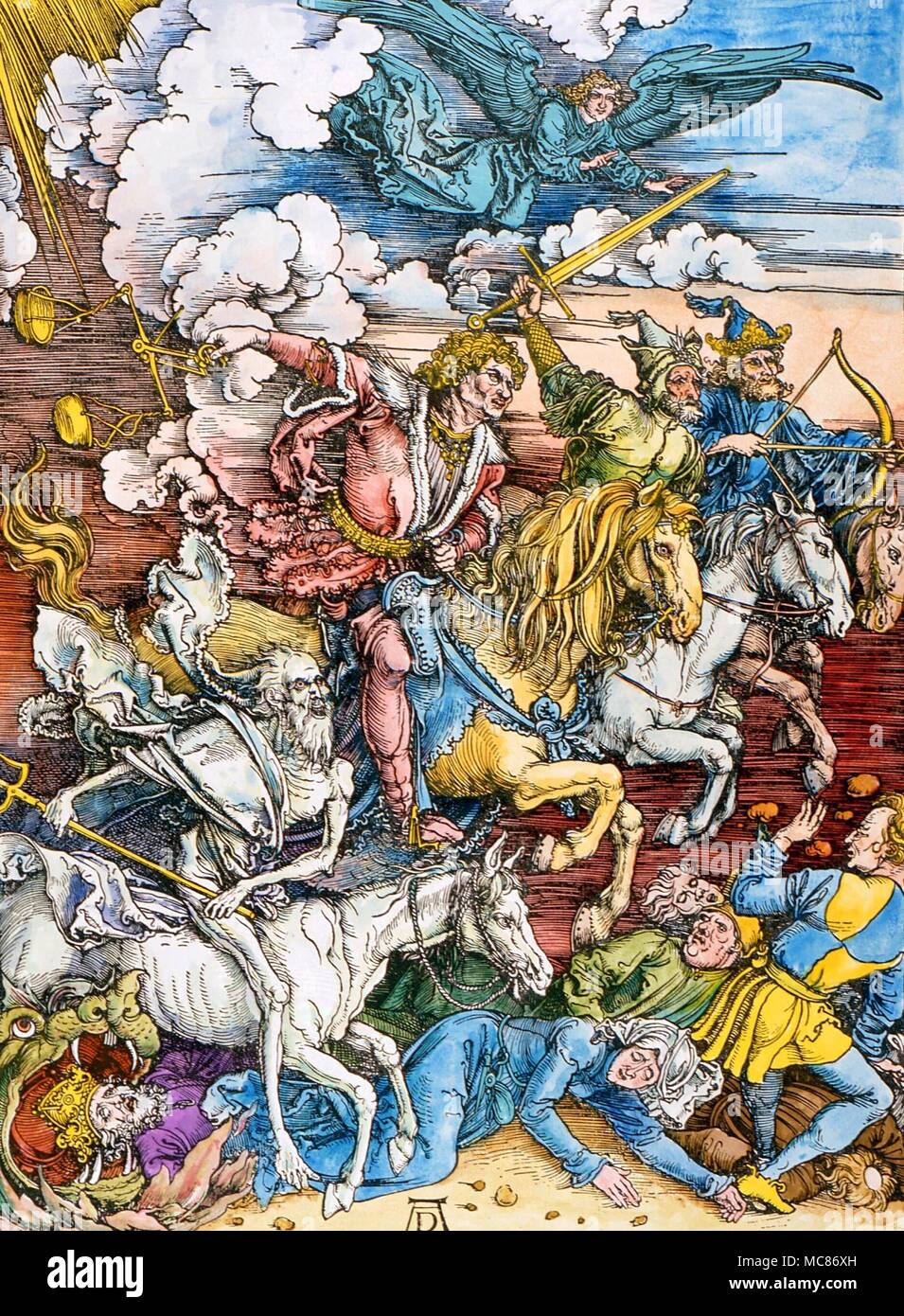The Four Horsemen of the Apocalypse: Biblical Horse Imagery

The Four Horsemen of the Apocalypse are iconic figures from the Christian Bible, specifically the Book of Revelation (Chapter 6). These horsemen symbolize different forms of divine judgment and are deeply embedded in biblical imagery and theology. Understanding their symbolism offers insight into apocalyptic literature and the cultural impact of these powerful images.
Overview of the Four Horsemen

| Horseman | Horse Color | Symbolism | Description |
|---|---|---|---|
| Conquest | White | Victory, conquest, or pestilence | Often interpreted as a figure bringing conquest or sometimes representing the spread of disease or false peace. |
| War | Red | Bloodshed and conflict | Symbolizes war and violence, wielding a large sword to take peace from the earth. |
| Famine | Black | Scarcity and economic hardship | Carries scales, representing scarcity of food and economic imbalance. |
| Death | Pale (ashen) | Mortality and destruction | The final horseman, representing death and the grave, often followed by Hades. |
Historical and Theological Context
The imagery of the horsemen originates from apocalyptic literature, a genre that uses vivid and symbolic visions to convey messages about the end times and divine judgment. The Book of Revelation, written by John of Patmos, uses these figures to illustrate the unfolding of God’s wrath and the trials humanity will face.
Symbolism of Horses in Biblical Literature
Horses in the Bible often symbolize power, war, and divine intervention. The colors of the horses are not arbitrary; each color carries specific connotations that enhance the meaning of the horsemen:
- White Horse: Purity, victory, or deceptive peace.
- Red Horse: Blood, war, and violence.
- Black Horse: Death, famine, and economic hardship.
- Pale Horse: Death and decay.
Interpretations and Cultural Impact
Throughout history, the Four Horsemen have been interpreted in various ways, from literal agents of apocalypse to metaphors for societal issues such as war, disease, famine, and death. Their imagery has permeated art, literature, and popular culture, symbolizing the ultimate consequences of human sin and divine judgment.
Frequently Asked Questions (FAQ)
What is the origin of the Four Horsemen?
They originate from the Book of Revelation in the New Testament, where they are part of a vision describing the end times.
Why are the horses different colors?
Each color symbolizes a different aspect of the apocalypse: conquest (white), war (red), famine (black), and death (pale).
Are the Four Horsemen literal or symbolic?
Interpretations vary; some view them as literal beings, while others see them as symbolic representations of broader themes.
How have the Four Horsemen influenced culture?
They have inspired countless works of art, literature, music, and film, often representing chaos and destruction.
This detailed exploration provides a comprehensive understanding of the Four Horsemen and their significance in biblical and cultural contexts.
